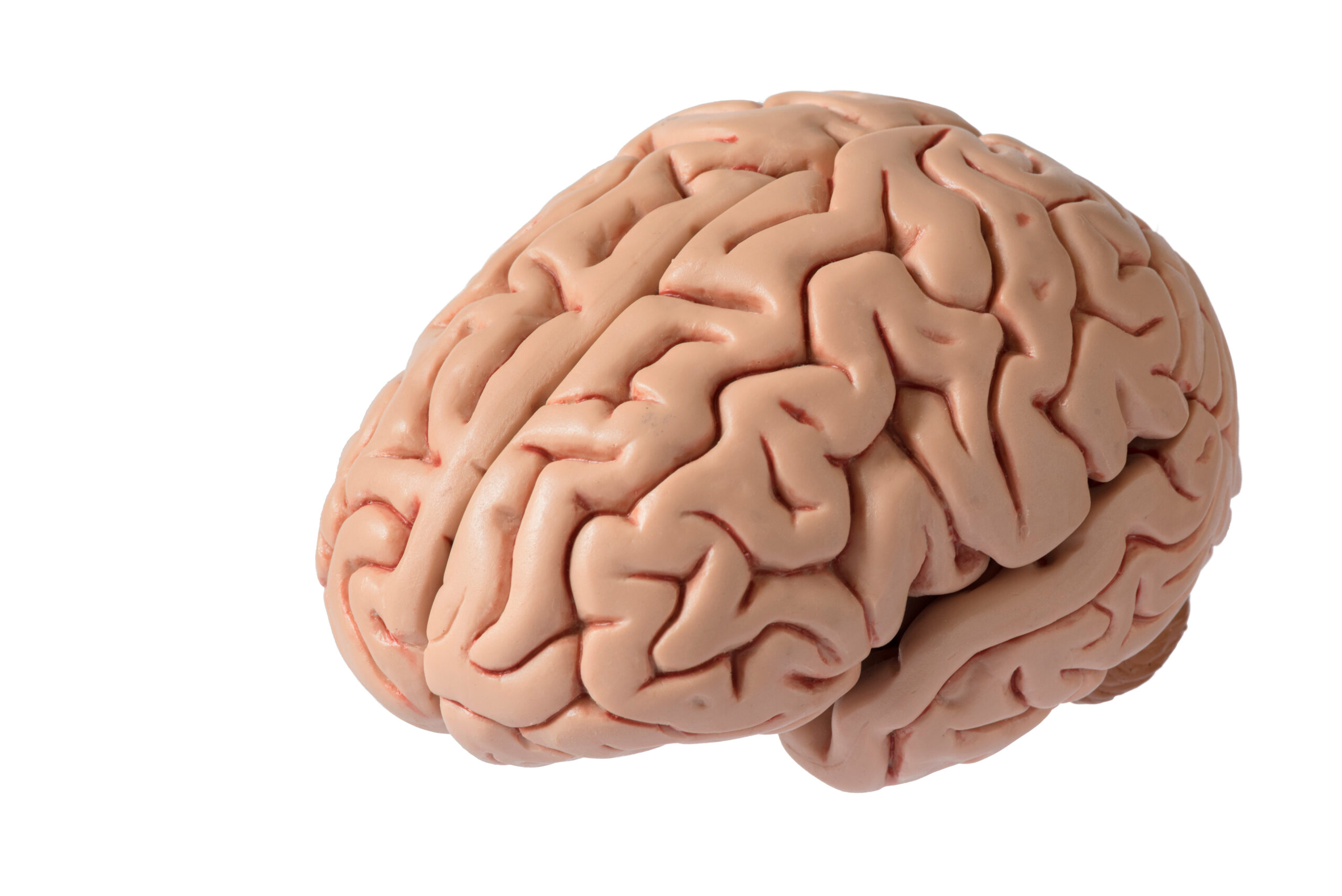How Phospholipids Help Maintain Brain Structure and Function
### How Phospholipids Help Maintain Brain Structure and Function
Phospholipids are a crucial part of our brain’s structure and function. They are the building blocks of cell membranes, which are essential for maintaining the health and efficiency of brain cells. In this article, we will explore how phospholipids, particularly phosphatidylcholine and phosphatidylserine, contribute to brain health.
#### Phosphatidylcholine: The Main Phospholipid in Plasma
Phosphatidylcholine is the most abundant phospholipid in our bloodstream. It is a key component of lipoproteins, especially high-density lipoproteins (HDL), which help remove excess cholesterol from the bloodstream. Phosphatidylcholine also plays a significant role in transporting essential fatty acids, such as docosahexaenoic acid (DHA) and eicosapentaenoic acid (EPA), across the blood-brain barrier. These fatty acids are vital for brain function and development[1].
Lysophosphatidylcholine, a derivative of phosphatidylcholine, is particularly important for brain health. It helps target these essential fatty acids into the brain via a receptor/transporter called the sodium-dependent LPC symporter 1 (MFSD2A). This process is being explored for potential therapeutic applications in neurological diseases, cognitive decline, and dementia[1].
#### Phosphatidylserine: The Brain’s Building Block
Phosphatidylserine is another essential phospholipid highly concentrated in the brain. It plays a critical role in maintaining the fluidity and flexibility of brain cell membranes. Healthy cell membranes are essential for cell-to-cell communication and neurotransmission, which drive all types of thinking and memory[2].
Phosphatidylserine is also crucial for brain regeneration, repair, and the formation of myelin sheaths, which are essential for nerve function. It supports short- and long-term memory performance, learning, and recall. Additionally, phosphatidylserine helps protect brain cells from toxic damage and may reduce the risk of cognitive dysfunction in the elderly[2].
#### Smooth Endoplasmic Reticulum: A Key Player in Lipid Synthesis
The smooth endoplasmic reticulum (SER) is an organelle involved in the synthesis and storage of lipids, including phospholipids. In the brain, SER helps synthesize phospholipids, which are then used to form new cellular membranes. This process is essential for maintaining the integrity and function of brain cells[3].
#### Phosphatidylethanolamine: A Mitochondrial Phospholipid
Phosphatidylethanolamine is another important phospholipid found in the brain, particularly in mitochondria. It plays a crucial role in mitochondrial efficiency, facilitating membrane fusion and protein movement across membranes. Phosphatidylethanolamine also helps regulate mitochondrial dynamics and the biogenesis of proteins in the outer mitochondrial membrane[4].
### Conclusion
Phospholipids, particularly phosphatidylcholine, phosphatidylserine, and phosphatidylethanolamine, are vital components of brain cell membranes. They help maintain the structure and function of brain cells by facilitating the transport of essential fatty acids, supporting cell membrane fluidity, and regulating mitochondrial efficiency. Understanding the roles of these phospholipids can provide insights into how to maintain and improve brain health, potentially leading to new therapeutic strategies for neurological diseases.





